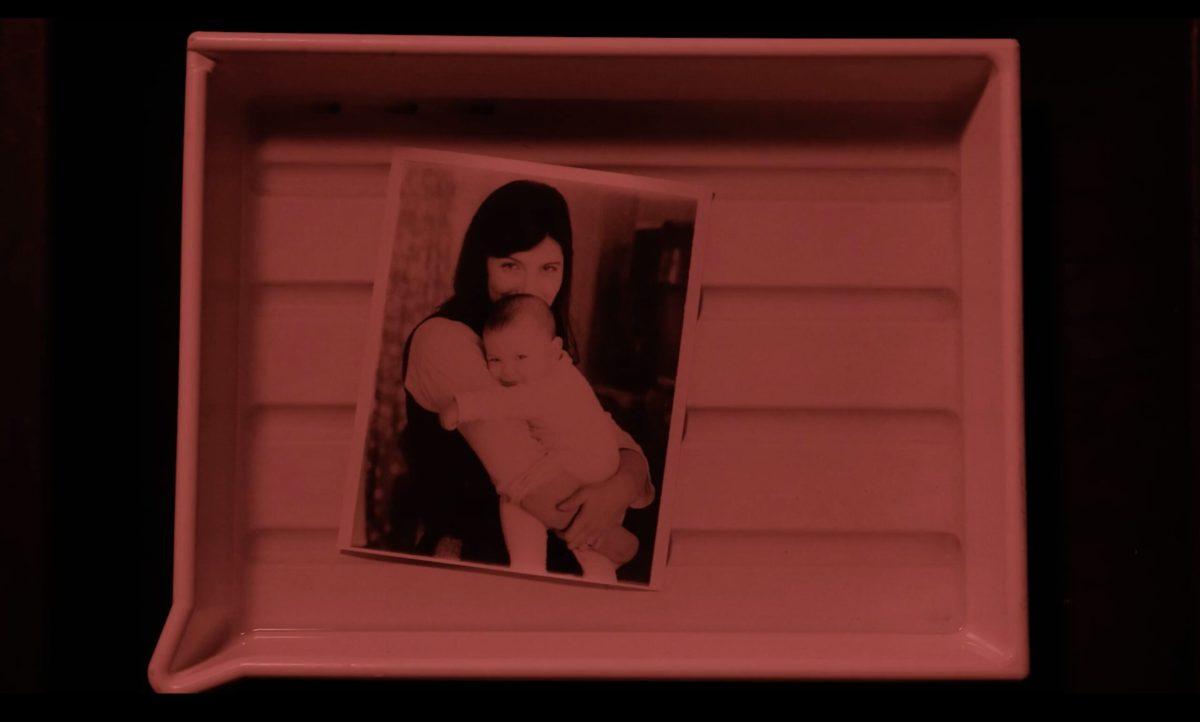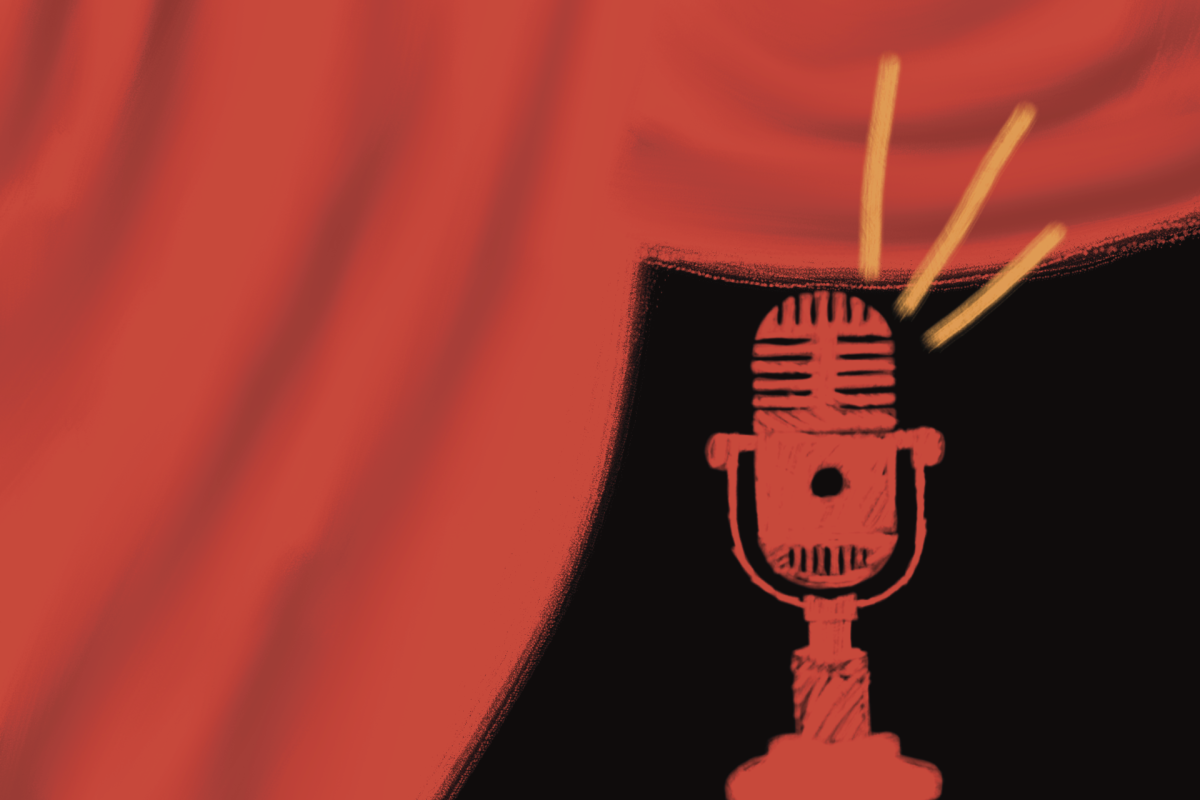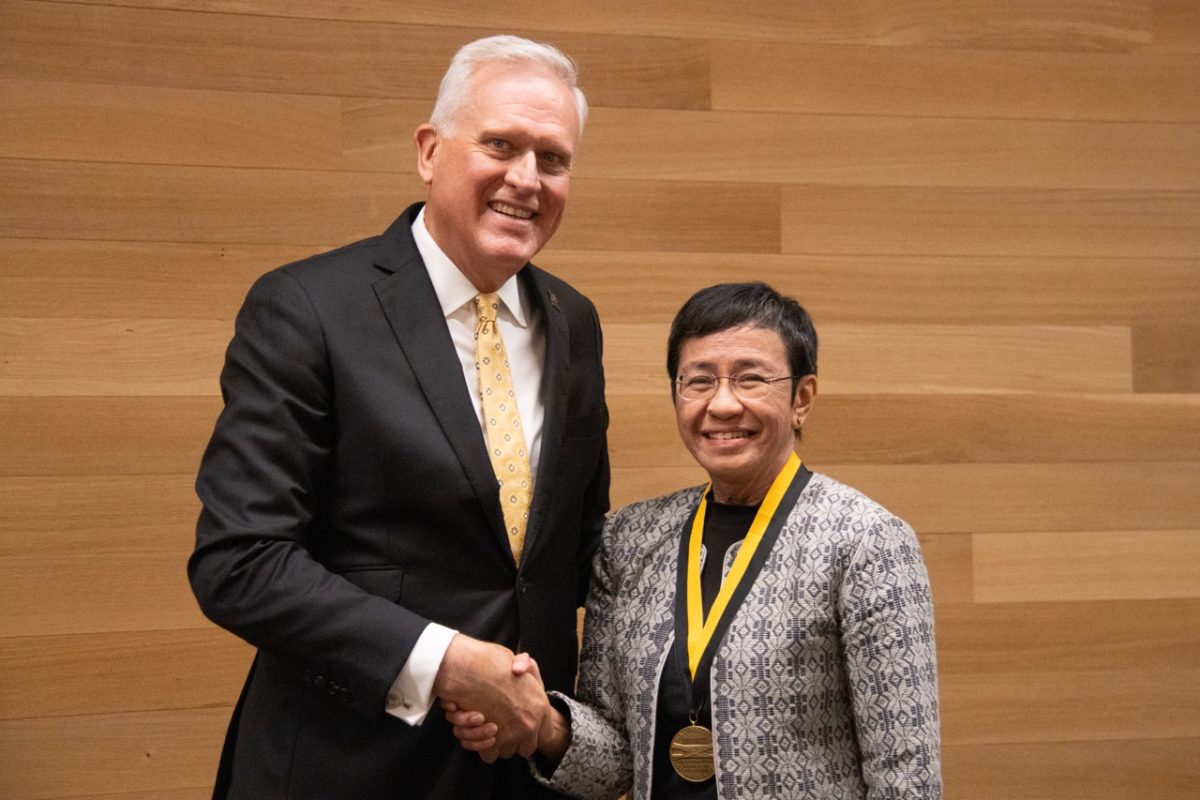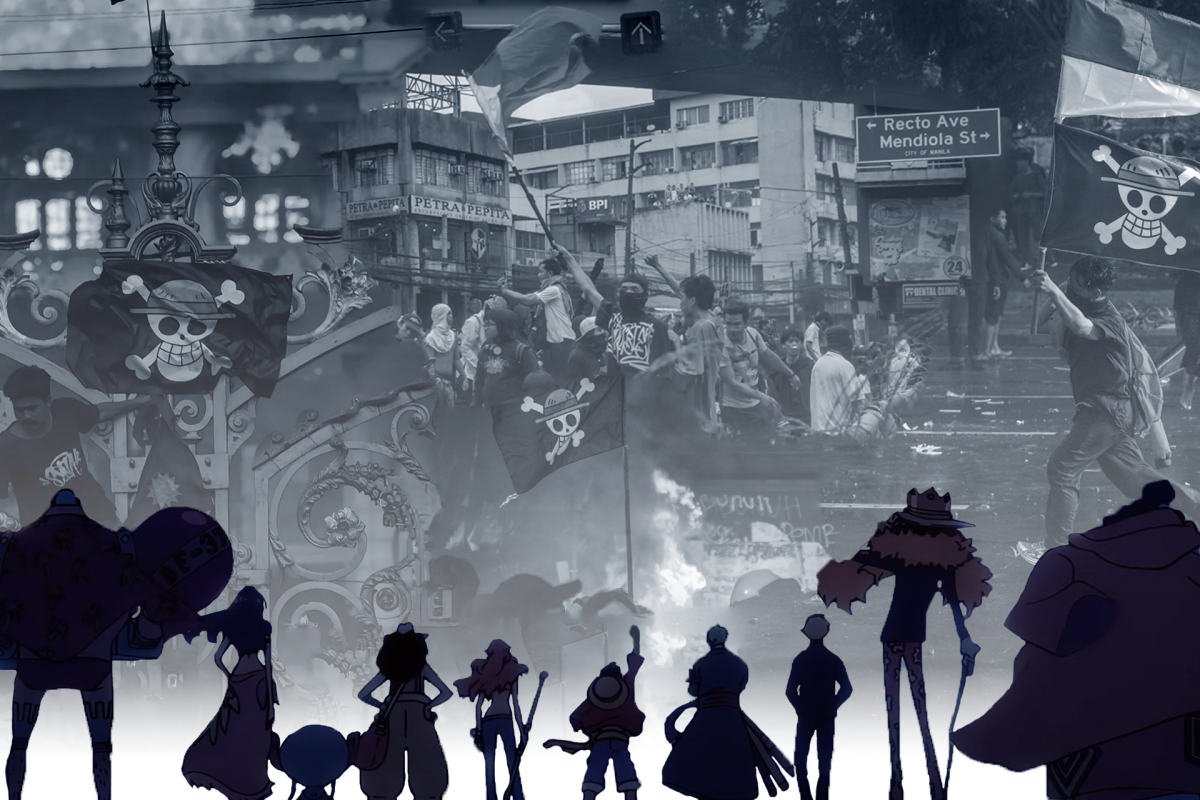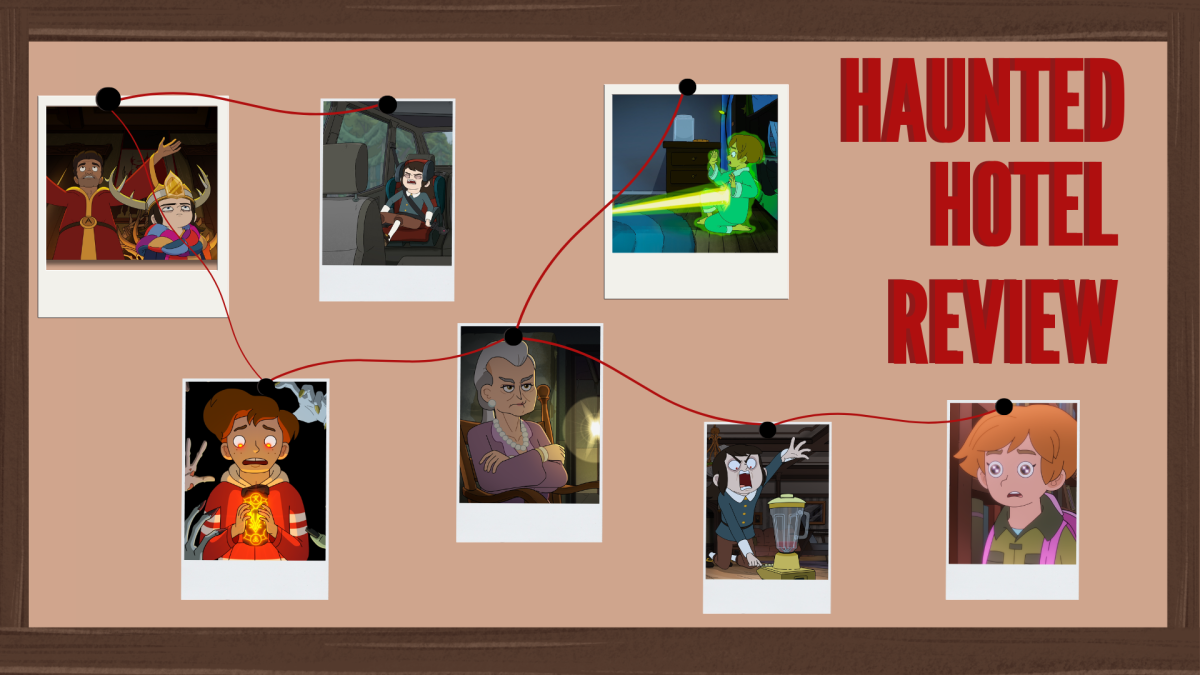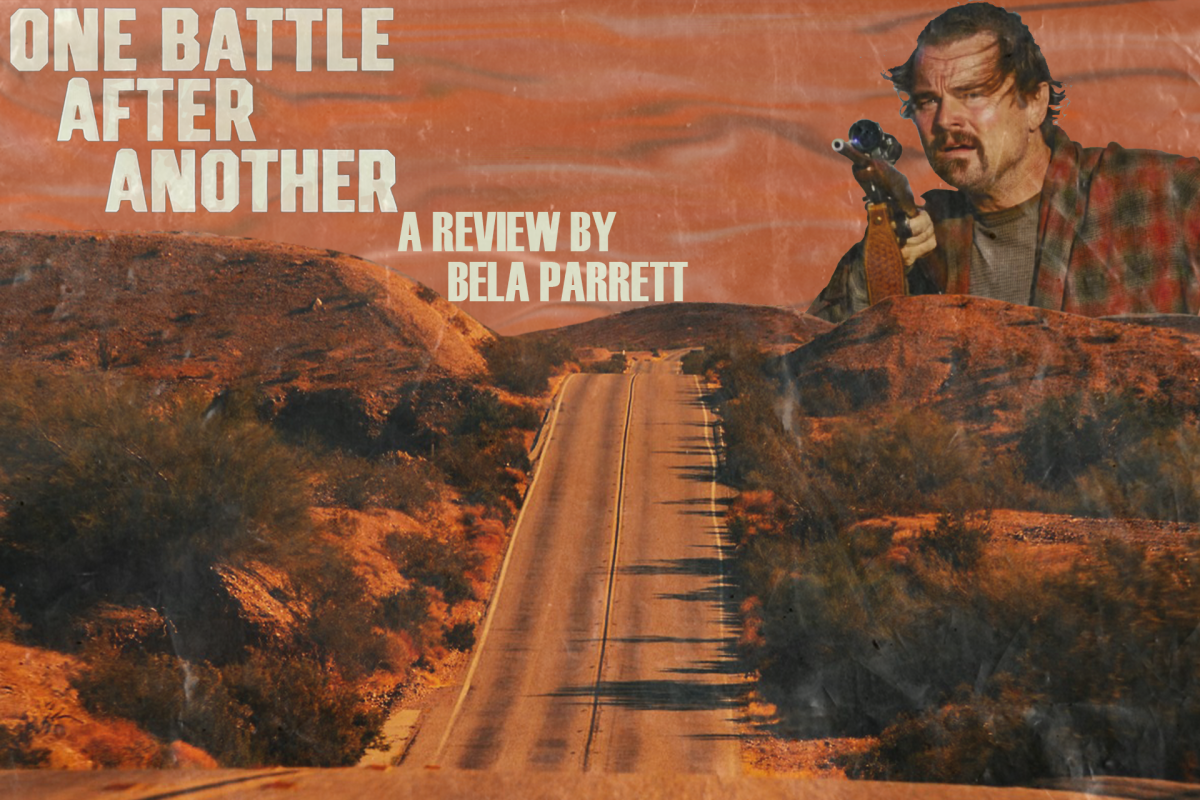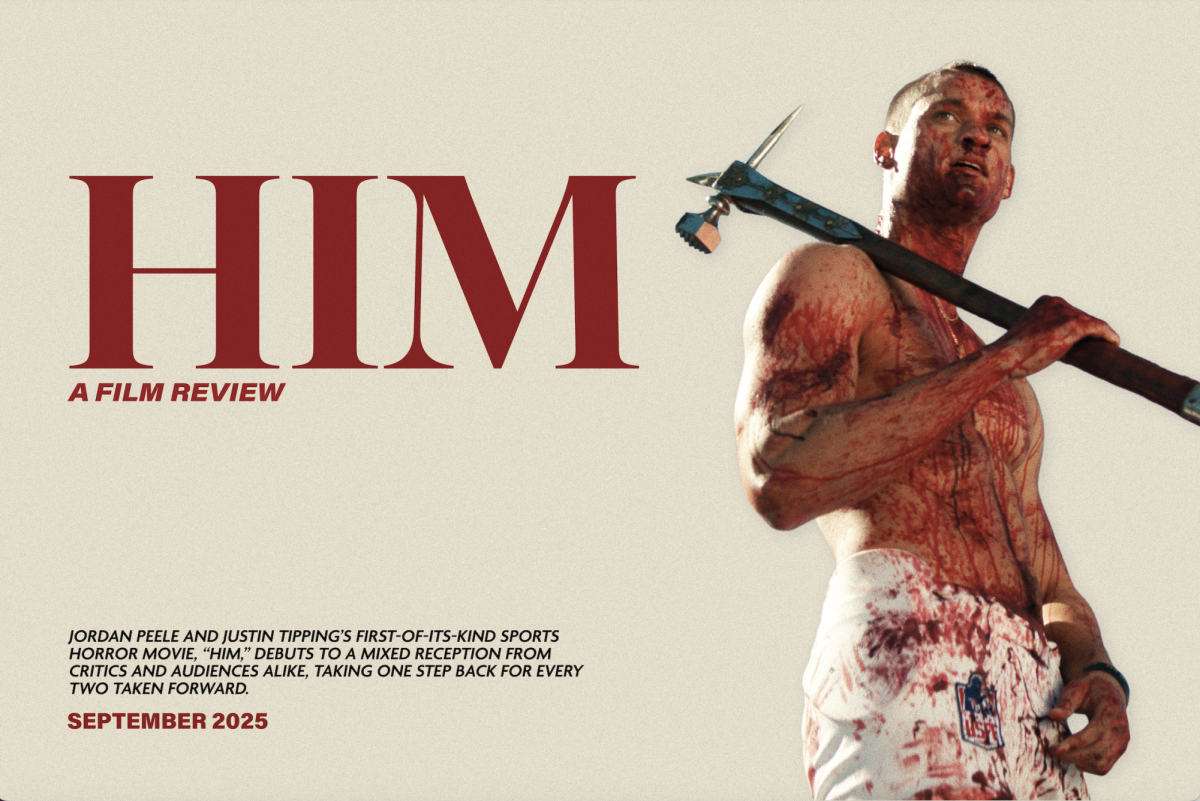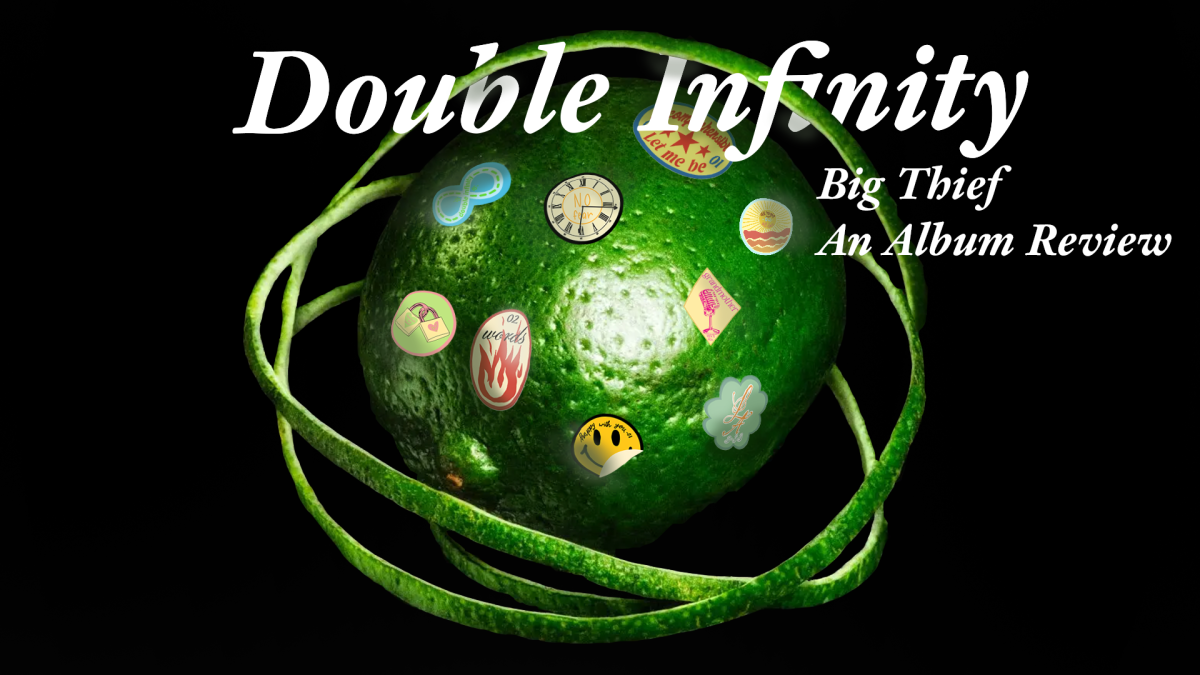Director Rachel Elizabeth Seed uses archived photos, interviews and journal entries to masterfully weave together the works of her mother’s life and her own
When director Rachel Elizabeth Seed started making “A Photographic Memory,” she wanted to understand who her mother was. The film was finished a week before its showing at True/False Film Fest on Friday, March 1. After a decade of working on the film, Seed ended up with an exploration of photography and a nuanced understanding of her mother’s life from early childhood to her death at 42 years old.
When Seed decided to make the film about her mother, Sheila Turner-Seed, who died when she was just a few months old, her family was not surprised. Seed’s mother was an accomplished journalist and photographer of the 1970s. Her “Images of Man” series features video interviews with some of the most influential photographers of the time, all of whom became close to Turner-Seed throughout the interview process. The interviews discuss the philosophies, instead of simply technicalities, behind photography.
As the film shows, Seed grew up around cameras. She can’t remember a family gathering that didn’t have at least one family member recording everything. Her father, Brian Seed, photographed for Life Magazine, Time and Sports Illustrated. In the film, he says that it was his fate to have a daughter who was interested in photography and film as well.
Early on in the film, Seed digitalizes and watches “Images of Man.” At the click of a button, both Seed and the film’s viewers hear her mother’s voice for the first time. Seed hears her talk and laugh with her interviewees. For a second, it seems as though her mother is alive again.
Still, Seed’s filmmaking cautions viewers from getting too lost in her mother’s interviews. The film is grainy and her voice is backdropped by the video player machines whirring. While her body from the neck down is visible, her face is never shown. When the video ends, her mother is gone again.
Seed continues to explore the lines between photography,video and real life throughout the film. Excerpts from her mother’s journal are intertwined with her old photographs and childhood videos.
The journal entries reveal that Turner-Seed’s life was full of uncertainty. She struggled with being a woman in a male-dominated industry, understanding what kind of person she wanted to be and finding love within her busy life. At many points, photos of Turner-Seed smiling are accompanied by voice-over journal entries expressing her discontent with life.
The more Seed learns the more her own life starts to resemble her mother’s. When she explains her mother’s complicated romantic relationships, Seed plays clips from her own wedding. When she finds that her mother got an abortion against the will of her husband, Seed argues with her husband about having kids. When her mother runs away to New York, Seed does the same.
Visually, Seed represents this shrinking separation between herself and her mother through photographs. She layers their self-portraits on top of each other, displays their photography side-by-side and at one point digitally inserts herself into an old interview her mother did with a TV program. Instead of rejecting the merging of mother and daughter, Seed embraces it with open arms.
The only thing to pull Seed back to reality is talking to those who knew her mother. She tracks down her old friends, bosses, co-workers and lovers. Henri Cartier-Bresson, one of the photographers interviewed for “Images of Man,” offered Seed a kind interpretation of her mother that was missing through her journal entries. To him, Seed-Turner was a warm and calming presence.
As Seed dives deeper into the external perception of her mother, she comes to understand that archives can only go so far. Old film negatives, journals, yearbooks and interviews would be meaningless without the interpretation from those living.
“A Photographic Memory” argues that people contain more complexities than the media we try to immortalize them in. Photographs may attempt to make moments in life ever-lasting, but as Cartier-Bresson told Turner-Seed in an interview many decades ago, “Life is once, forever.”
Edited by Annie Goldman | [email protected]
Copy edited by Sterling Sewell | [email protected]
Edited by Sophie Rentschler | [email protected]


